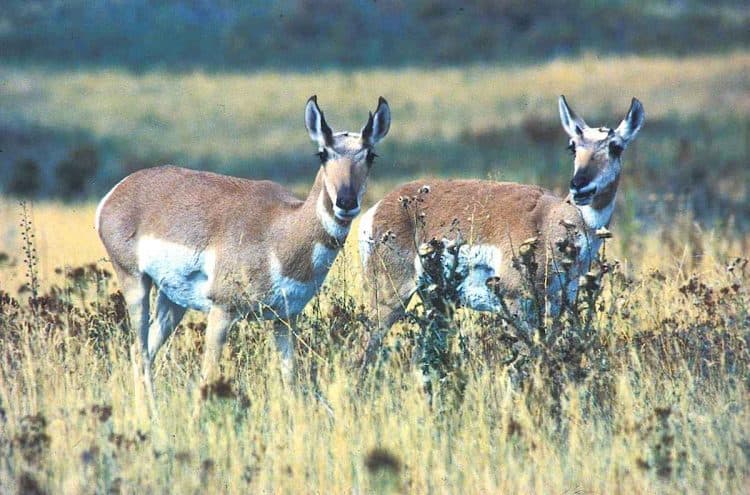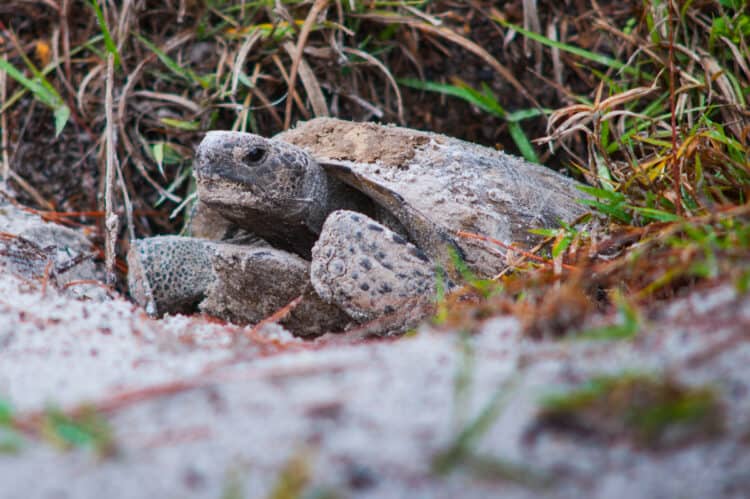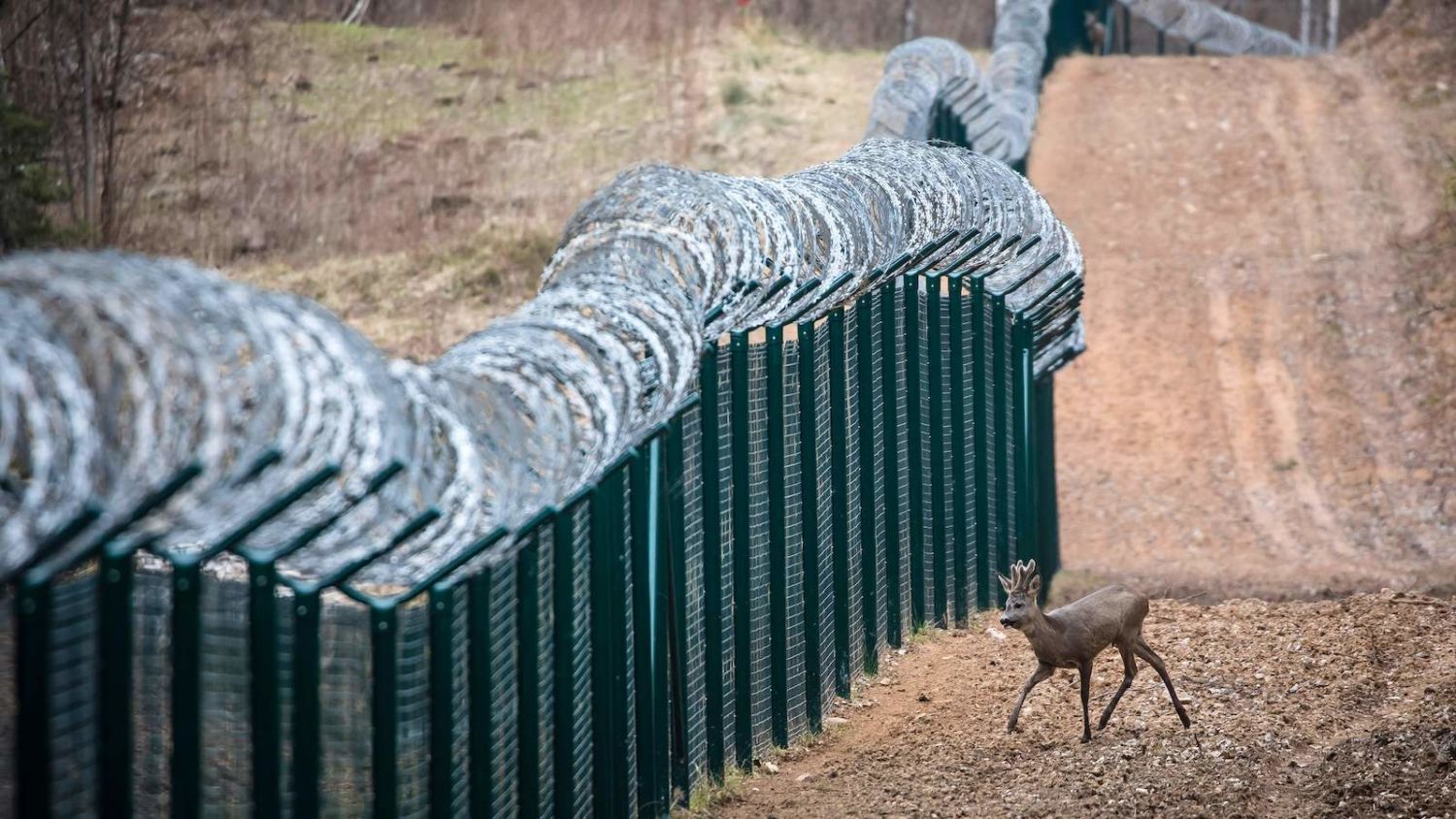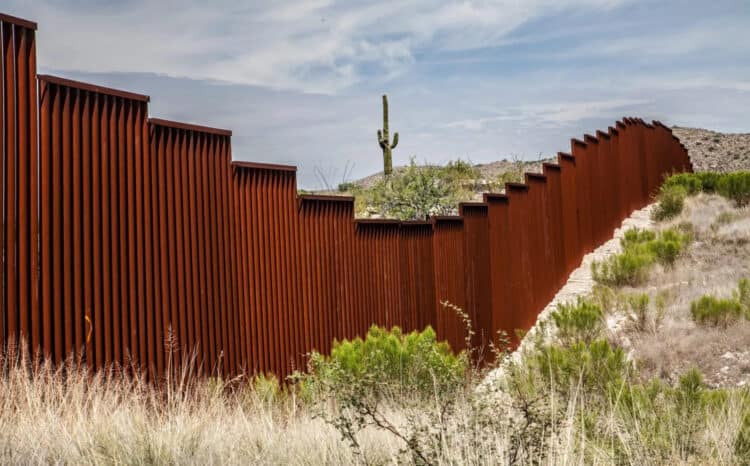The infamous proposed border wall between the U.S. and Mexico has been, to put it lightly, controversial.
The apple of the Trump administration’s eye, a total barrier between the two countries remains entrenched in the wish list of the U.S. president.
But while Donald Trump maintains that it would effectively reduce illegal immigration, critics say a wall would achieve little towards that goal while costing taxpayers billions and hurting communities along the border.

Now, scientists – more than 2,700 of them – are entering the fray. A study published yesterday in BioScience includes the names of 2,723 professionals from the scientific community (along with 674 general supporters), as of press time, who agree with the study’s conclusions and are concerned by its implications.
The study was headed by Robert Peters of the conservation advocacy organization Defenders of Wildlife.

The study details the possible ramifications to wildlife populations if a wall is built to completion. In total, it finds that more than 1,500 species stand to be affected.
“Our analysis shows that the border bisects the geographic ranges of 1506 native terrestrial and freshwater animal (1077) and plant (429) species,” the paper states, including 62 species listed as threatened by the International Union for Conservation of Nature (IUCN).
The ranges of several endangered subspecies straddle the border, including the Peninsular bighorn sheep(Ovis canadensis nelsoni), Mexican gray wolf (Canis lupus baileyi) and Sonoran pronghorn (Antilocapra americana sonoriensis). The authors say that for these animals, a barrier between their already small, fragmented populations may be a death knell for some of them.
Overall, they found that a continuous border wall would disconnect more than 34 percent of native, nonflying U.S. species – 346 in total – from at least half of their range. Of these 346 species, 17 percent – including jaguars and ocelots – would have remnant U.S. populations covering less than 20,000 square kilometers (7,700 square miles), which the researchers write would elevate their risk of local extinction.
Threats to wildlife along the border didn’t begin with Trump’s wall. Fences already run along about 700 miles of the border’s approximately 2,000-mile length, and the study’s authors write that these fences have biological impacts comparable to those of a wall.
Take, for example, the Sonoran pronghorn. Found only in the Sonoran desert of the U.S. states of Arizona and California and the Mexican state of Sonora, the IUCN estimates that between 500 and 800 exist in total, with fewer than 300 living in the U.S. Some U.S. populations have experienced precipitous declines in recent years, which conservationists say are largely due to the presence of a fence between Arizona and Sonora that’s stopping herds from traveling to other parts of their range in Mexico.

Conservationists are also concerned that the fence is prohibiting the movement of Sonoran pronghorn from Mexico to the U.S., where there are more stringent protections. But these protections have taken a hit over the past couple decades, starting with increased border fortification and Border Patrol expansion in 2001. In 2005, the U.S. Congressed passed the Real ID Act, which gave the Department of Homeland Security (DHS) to waive any other laws that would slow border fortification construction, including the National Environmental Policy Act (EPA) and the Endangered Species Act (ESA). Then, in 2006, the U.S. adopted the Secure Fence Act, which allowed for more fence construction along the border.
“With these laws sidelined, wall construction proceeds without the necessary depth of environmental impact analysis, development of less-damaging alternative strategies, postconstruction environmental monitoring, mitigation, public input, and pursuit of legal remedies,” write the authors in their study. “Since 2005, the DHS has issued eight waivers in all four US border states, including three by the Trump administration in 2017 for construction in California and New Mexico.”
In addition to fragmenting and degraded habitat and bypassing environmental protection laws, the researchers say construction of a border wall devalues and stymies conservation activities and scientific research. They reference “distressing stories” of harassment of U.S. and Mexican scientists by border security officials, and say barrier construction will divert needed funding from conservation projects.
“These factors diminish the amount of much-needed scientific work conducted in the borderlands,” the authors write. ‘This is especially concerning given that the waiving of environmental laws means independent research may provide the best source of scientific insight into the wall’s impacts on biodiversity.”
In response to these moves, the authors – along with their 3,000-some co-signatories – issue a call for action. They urge the U.S. Congress ensure that the DHS follows the scientific and legal framework of environmental protection laws such as the ESA and NEPA. (However, a recently announced plan to revise and weaken the ESA is worrying conservationists that the law may soon lose some of its potency.)
They also implore the DHS to strengthen research and monitoring along the border, consider and mitigate environmental harm imposed on particularly sensitive ecosystems and species by wall construction, and train Border Patrol agents to be more sensitive to the presence of researchers.
“We urge the US government to recognize and give high priority to conserving the ecological, economic, political, and cultural value of the US–Mexico borderlands,” the researchers write. “National security can and must be pursued with an approach that preserves our natural heritage.”
Citation: Peters, R., Ripple, W. J., Wolf, C., Moskwik, M., Carreón-Arroyo, G., Ceballos, G., … & List, R. Nature Divided, Scientists United: US-Mexico Border Wall Threatens Biodiversity and Binational Conservation.
This article by
We invite you to share your opinion whether Trump’s border wall should be scrapped to protect wildlife populations? Please vote and leave your comments at the bottom of this page.
Thank you for voting.
Editorial Comment: The purpose of this poll is to highlight important wildlife conservation issues and to encourage discussion on ways to stop wildlife crime. By leaving a comment and sharing this post you can help to raise awareness. Thank you for your support.






Leave a Reply